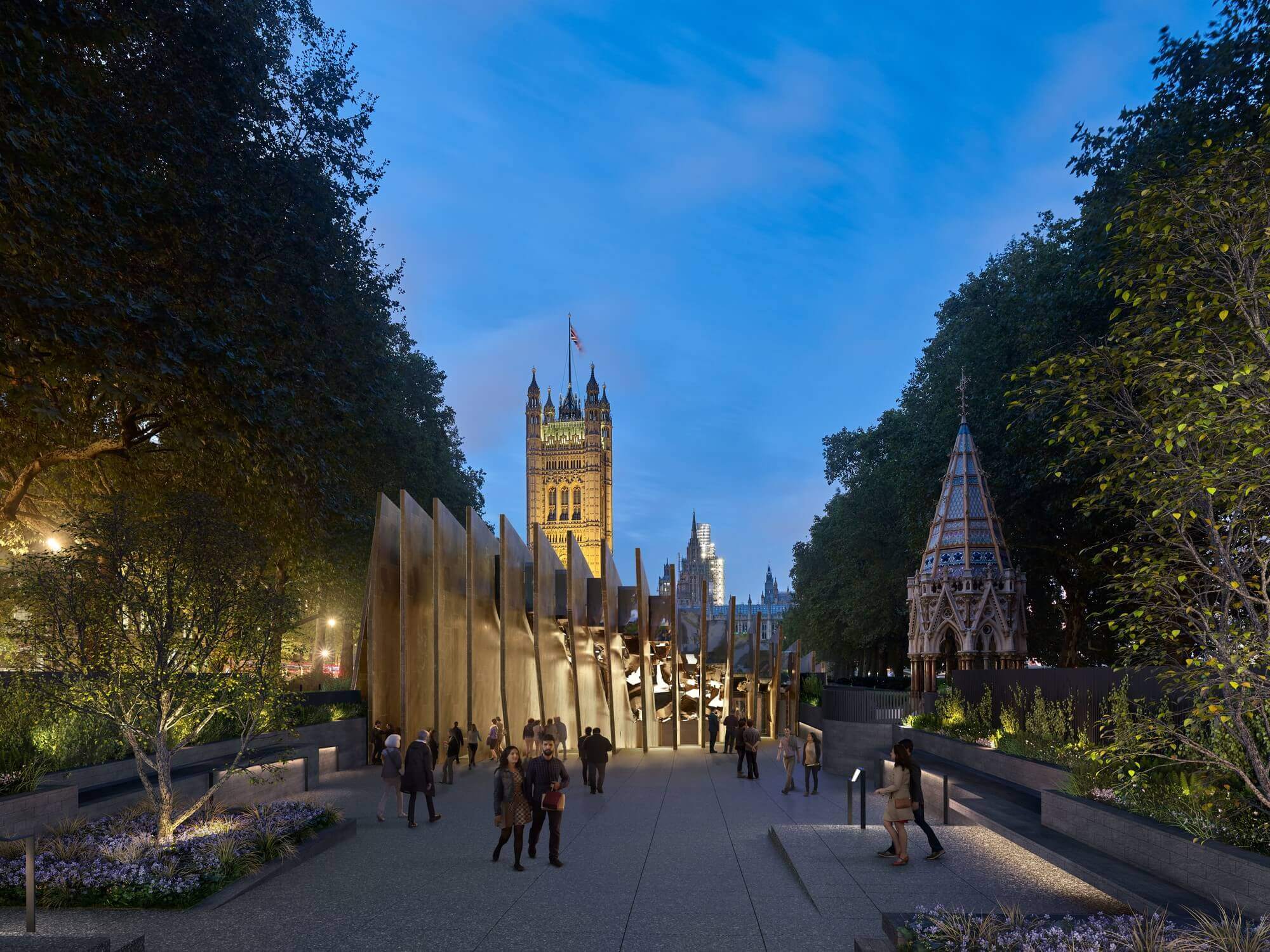Architecture has been grappling with its own #MeToo moment since the reports of sexual harassment allegations against Richard Meier broke. The responses have varied, ranging from statements condemning sexual harassment and promoting workplace reform to the creation of a “shitty architecture men” list. The conversation also underscores existing challenges within architecture: the field is almost completely white, overwhelmingly male, and shrinking.
But so far, most responses have addressed symptoms rather than structural issues. We need to talk about how architecture’s crisis is deeply rooted in its culture. If architecture is to be saved—from the Richard Meiers to the unpaid internships—we must expand how architecture is evaluated and rethink how it is taught.
Expand the Terms of Architectural Value
Our definition of good architecture is woefully myopic and outdated, beginning with the cult of personality. A list of important architecture is analogous to a list of individuals or acronyms synonymous with individuals. The dominant narrative (think the Pritzker Prize) recognizes design excellence as an individual rather than office-wide achievement. And though important scholarship is deepening our understanding of the canon by recognizing the contribution of overlooked women like Anne Tyng or Charlotte Perriand, the office-wide effort, fundamental to architecture, remains unseen.
The production of the design—from the labor practices to the contributions of team members—should be considered when evaluating architecture. We should be asking: How is the office structured? Is the office environment oppressive? Is there pay equity? These questions are as fundamental to architectural quality as a building’s relationship to its surroundings or the detailing of a corner. This will help to debunk the sole creator myth, recognize the profession’s collective nature, and establish the importance of the practice of architecture. In this light, Meier’s projects would be rightly seen as bad architecture. Well-rounded criticism will expand the realm of architectural value beyond its narrow-minded focus on the building to examine and celebrate architectural practice.
As architects, our offices are the only environments we can completely design, implement, and control. So it is maddening that they are so often toxic and inhumane. In response to the allegations against Meier, the Pritzker Foundation reaffirmed his 1984 award, stating: “We do not comment on the personal lives of our laureates.” This is ridiculous. Meier did not harass in his personal life; he harassed in his professional life. It is scandalous to valorize architecture made in such an environment.
Change Architectural Education to Change Practice
Design studio, which is based on a master/apprentice relationship, is a unique and valuable form of pedagogy. But its unequal power dynamic is too often exacerbated by the harmful and inappropriate behavior of some studio instructors, an ill-defined student/teacher boundary, and an acceptance of hostile and aggressive crits.
Studio sets expectations for the kinds of workplaces and mentor relationships that young architects will seek or accept. Painfully, against this backdrop, the allegations against Meier are not shocking. They are just over the line of what many students and young architects have learned to put up with.
Studio also establishes overwork as a cornerstone of architectural excellence, reproducing the belief that good design is never done. Saying yes to another parti, model, or rendering forces us to say no to meals, sleep, and social life.
We also learn that, trapped in a service industry, we should expect to be underpaid (or unpaid) and under-appreciated. School-taught expectations shape our decisions to work at offices despite the overwork, underpay, and toxic environments (not to mention our student debt!). Many offices rely on and enforce this culture of overwork to offset the cost of uncompensated competitions, low fees, accelerated schedules, or scope changes. Poorly compensated labor props up many firms, allowing them to win critical acclaim while operating sham businesses and undercutting the industry as a whole.
Pedagogy should project the ideals of practice, not reflect its worst tendencies. Universities should temper the always-yes culture and advocate for boundaries. They should establish guidelines for studio organization, schedules, workloads, deliverables, and time-management in concert with students. They should also clarify the codes of the student/teacher relationship and teach students that their time is valuable and that architecture can be done without lopsided power dynamics and overwork. If we learned in such a setting, why would we go to offices that pay little, expect us to work nonstop, and serve abusive, ego-driven individuals? Firms built on unpaid or underpaid labor would be rightly seen as pariahs regardless of their designs’ originality, not celebrated as they are now.
The professional practice track should also be strengthened. A sequence of courses in this vein could teach real-world responsibilities and reinvest in architecture as a circumscribed discipline, fostering scholarship around the history and theory of architectural practice. Leading professionals from various types of offices could speak about the nuts and bolts of running their practices. Students could learn to creatively and effectively run an office, as well as to design. Imagine if we learned the profession and studied the typologies and history of offices in order to think critically and innovatively about practice. Only then could we say that school truly advances the future of architecture.
Rebuild Architecture’s Credibility
On top of our internal structural issues, architects’ expertise and authority is eroding and our necessity is being questioned. In our desire to limit liability, we have ceded responsibility to other parties: architects of record, consultants, engineers, contractors, and owner’s representatives—shrinking our professionalism. Yet we trumpet architecture’s ability to address social and global challenges: the future of work, housing, urbanization, climate change. To credibly take on these issues, we need to tend to our discipline from the bottom up, starting with expanding architectural value and repairing education.
Our problems are not intractable and there are a few downsides. But without change, architecture is undergoing a brain drain. The #MeToo reckoning adds urgency to the profession’s troubling trajectory. With its abysmal diversity and the discipline’s shameful state, it’s hard to see why anyone would want to be an architect. And yet we do. Those of us who love architecture—its history, worldview, and optimism—must refuse to say yes to its unhealthy and degrading demands. Architecture has never been more important to the world’s realities. But to meaningfully contribute and fully realize the #MeToo moment, we must rebuild architecture from the ground up.
Miles Fujiki is a young architect working in New York City.











